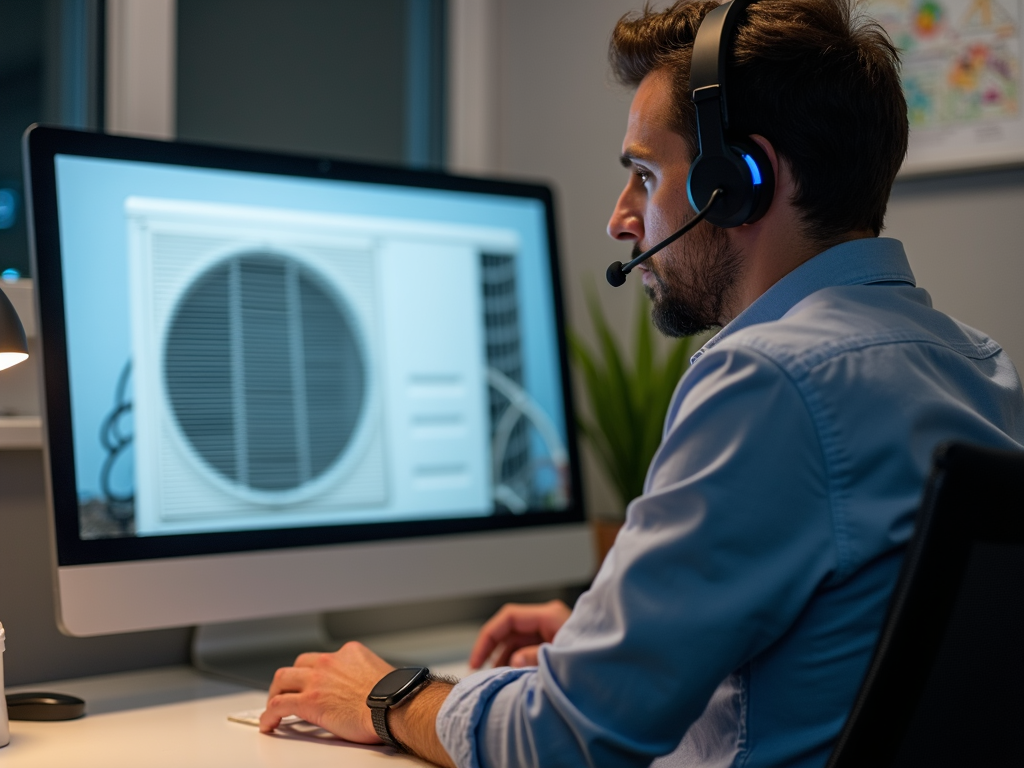Conquering 5 Common Challenges of Remote Video Inspections
Smartphone-, tablet, or laptop-enabled video technology are playing a big role in businesses that require field officers to install or repair equipment or where components of commercial and residential buildings need to be inspected and approved.
The Covid-19 situation has accelerated this trend, but the reason behind its growing popularity is because contractors, inspectors, and field staff are finding Remote Video Inspection (RVI) to be just as thorough as in-person on-site scrutiny.
According to some sources, RVI is working so well that this method might become the norm even after the Covid-19 pandemic is over. Results have shown significant benefits on time and money, without compromising on the quality of the inspection.
However, there are a few challenges that those considering RVI may need to overcome. Knowing these at the outset could help you and your team make a smoother transition from in-person inspection to remote video inspection.
1. Expect a Learning Curve
In the technologically advanced age that we live in, we might assume that everybody is comfortable using gadgets. Not so. Many of the older employees/contractors/inspectors in particular and some of the public may still feel intimidated by technology. The transition may be especially difficult for people who have been on the field for years and are used to physical installation/inspection, seeing and feeling connections and wires.Solution: While the Blitzz software is extremely user-friendly, those uncomfortable using technology may want to take the time to get used to the features and become adept in maneuvering the camera. Consider conducting training programs for staff. Walk customers through the steps of an RVI before the process begins.
2. Common Misconceptions
Several misconceptions can keep companies from using RVI for their field business. We’re mentioning just two here.
- Transitional changes can be difficult, particularly for those who have been conducting physical inspections on the field for many years. One of the obstacles you may encounter is getting everybody on board to believe that a remote inspection can be just as efficient as an in-person, on-site inspection.
Fact: The findings of West Hartford, Connecticut compare the success rates of RVI with traditional inspections. According to the NFPA Journal (July/August 2020), the average success and fail rates of RVI was the same as the success and fail rates for traditional inspections. This gives us an indication that RVI quality can be just as comparable to physical, on-site inspections.
- Others have the notion that companies need to make a heavy investment in high-tech tools to incorporate RVI into their business process.
Fact: The findings of West Hartford, Connecticut compare the success rates of RVI with traditional inspections. According to the NFPA Journal Fact: The transition to RVI can be extremely affordable. Let’s look at what is needed: A cell phone, tablet or laptop, a good Internet connection, ear buds, and a friendly-featured software like Blitzz that can help you collaborate and document the entire RVI process.
3. Lack of Planning
RVI is an emerging technology and the use of this technology in the field business can seem like unchartered seas. Hesitation in implementing, adopting, and wondering whether the transition to RVI will be successful, is understandable.
Solution: Planning is one of the keys to succeeding in any venture. Creating video training and manuals can help field staff understand the RVI process, step by step. Practice drills can give opportunity for participants to ask questions, learn from their mistakes, get used to the technology and amend the manual based on feedback received. Repeat drills and training periodically are necessary to make sure steps are not being skipped. Companies may want to identify the objectives before conducting an RVI to ensure safety and quality standards have been met and can stand up to scrutiny. Gap analysis may be conducted to resolve Quality Assurance issues. There should be adherence to record-keeping rules so that information regarding a specific RVI can be accessible.
4. Legal Issues
With the transition to RVI, companies may need to consider legal issues that might be encountered. It needs to be said that RVIs do not make the process of inspection any easier. Each RVI must still meet federal and state compliance regulations.
Solution: Each establishment should have clear published policies and legal disclaimers. Having proper documentation, capturing HD images during a video inspection can avoid future legal disputes and liabilities. There should be a clear differentiation and understanding of the kind of inspections that can be conducted through RVI from the type that cannot. Companies may want to consider insurance coverage, as well.
Lay out conditions for conducting RVI such as weather, time of day, etc. Introduce checklists, make sure online security measures are understood, as well as the importance of clear communication during the RVI and afterwards.
5. Keeping a Step-by-Step Digital Trail of RVI Activities
Inspections are usually conducted to provide safety approvals on a new installation, prevent or troubleshoot equipment failures, and identify quality defects. Maintaining documentation is an essential, and often mandatory component of such activities. In any traditional inspection, whether it’s in manufacturing, industries, or commercial and residential buildings, there is a large paper trail attached to each inspection.
Solution: Unlike an ordinary video call made from WhatsApp or Skype, Blitzz makes it easy to document step-by-step activities during a remote video inspection. With Blitzz you can extract data such as VIN numbers, model numbers, draw and markup on an image during the livestream and save the image for your records. Blitzz not only makes it easy to document activities but it can be used to evaluate agent performance and customer experience. Pre-defined reports and analytics make it easy to gauge progress and improve your business process.
Conclusion
Right now, we are seeing more willingness to adapt and consider new ways to maintain business continuity. Many jurisdictions are now open to Remove Video Inspection and have set guidelines on how to go about this. How about you? Are you considering how RVI can help you continue your business activities? Are you looking for the best RVI software?
Contact us at Blitzz and let’s talk – no strings attached!



